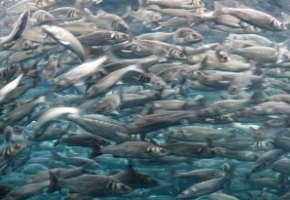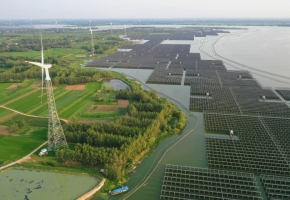Animals are 'shape shifting' in response to climate change

Some warm-blooded animals are experiencing shifts in their body shapes, likely as a response to the pressures of climate change.
Animals are getting larger beaks, legs and ears that allow them to better regulate their body temperatures as the planet gets hotter, with birds particularly affected, said Sara Ryding, a researcher at Deakin University in Australia.
The biggest shifts in appendage size in the more than 30 animals were among some Australian parrot species, which saw their beak size increase by 4% to 10% on average since 1871.
"It means animals are evolving, but it does not necessarily mean that they are coping with climate change. We can see that some species have increased in appendage size so far, but we don't know if they will be able to keep up as the climate crisis worsens," Ryding said. She said that the changes were subtle and unlikely to be immediately noticeable but could be "functionally important."
Within an animal species, individuals in warmer climates have larger appendages, such as wings and beaks – a pattern known as Allen's rule, with the greater surface area allowing the animals to control their temperature more easily.
At the same time, body sizes tend to shrink, since smaller bodies hold onto less heat.
In the United States, a study of 70,716 migratory birds representing 52 species showed that they have been getting smaller over the past four decades, and their wingspan wider. The birds all died when hitting high-rise buildings in Chicago during migration and were collected by the city's Field Museum.
“Studies look at how animals respond to climate change by altering their surface area to volume ratio," explained Ryding. The scientists maintain that more research on different species and in different ecosystems was needed to determine how wide the phenomenon was and could help predict which species might shape-shift in the future.
Source: CNN







